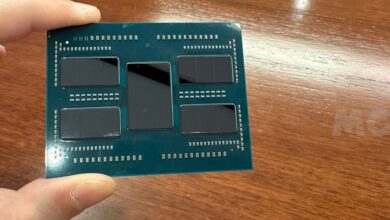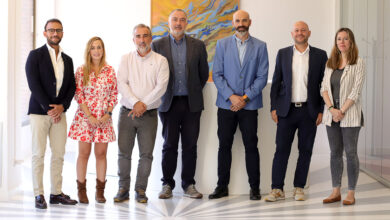
Intel has announced the creation of a new graphics research area, which it will encompass in its Graphics and Accelerated Computing Systems Group, with the goal of “offer the best immersive images to everyone«. In front of it will be Anton KaplanianWhat is it Group Vice President and that he also occupy the positions of CTO and Director of which will be Intel Graphics Research Organization.
In a post on the Intel website about the research that will be carried out under his supervision, Kaplanyan reveals several lines of research that will be addressed, such as the creation of an open reference scenario for graphics researchers, the exploration of new levels of photorealism with technologies such as path tracing, improvements in graphics such as XeSS with machine learning and, in general, the approach of graphic technologies that will be applied in Web 3.0 and in the metaverse.
Kaplanyan therefore points to the need for richer graphics, not only for games, but also for immersive experiences from the future. This means advanced graphics are required for on-site and remote work, photorealistic simulation, and 3D virtual environments. For this, it is necessary that the graphics cards of the computers be more powerful, and also that all the devices that work with graphics, not only computers, but also smartphones or tablets, for example, have powerful graphics acceleration. Intel assures that it is already catching up to achieve this.
The manager has also advanced the plan he has for the topics that the teams of the new area will investigate in the coming months. And he has stated that Intel will work on challenges related to path tracing, further ensuring that the industry is not yet at the point where real-time ray tracing is a practical solution for most.
In addition, he mentioned machine learningwhich he sees as “a great approximation tool to address current problems«, Among which are the graphics, and points out that the work they are developing in XeSS is only the beginning of the use that Intel will make of machine learning. For him, the next hotspot in graphics will be user-generated 3D content.



